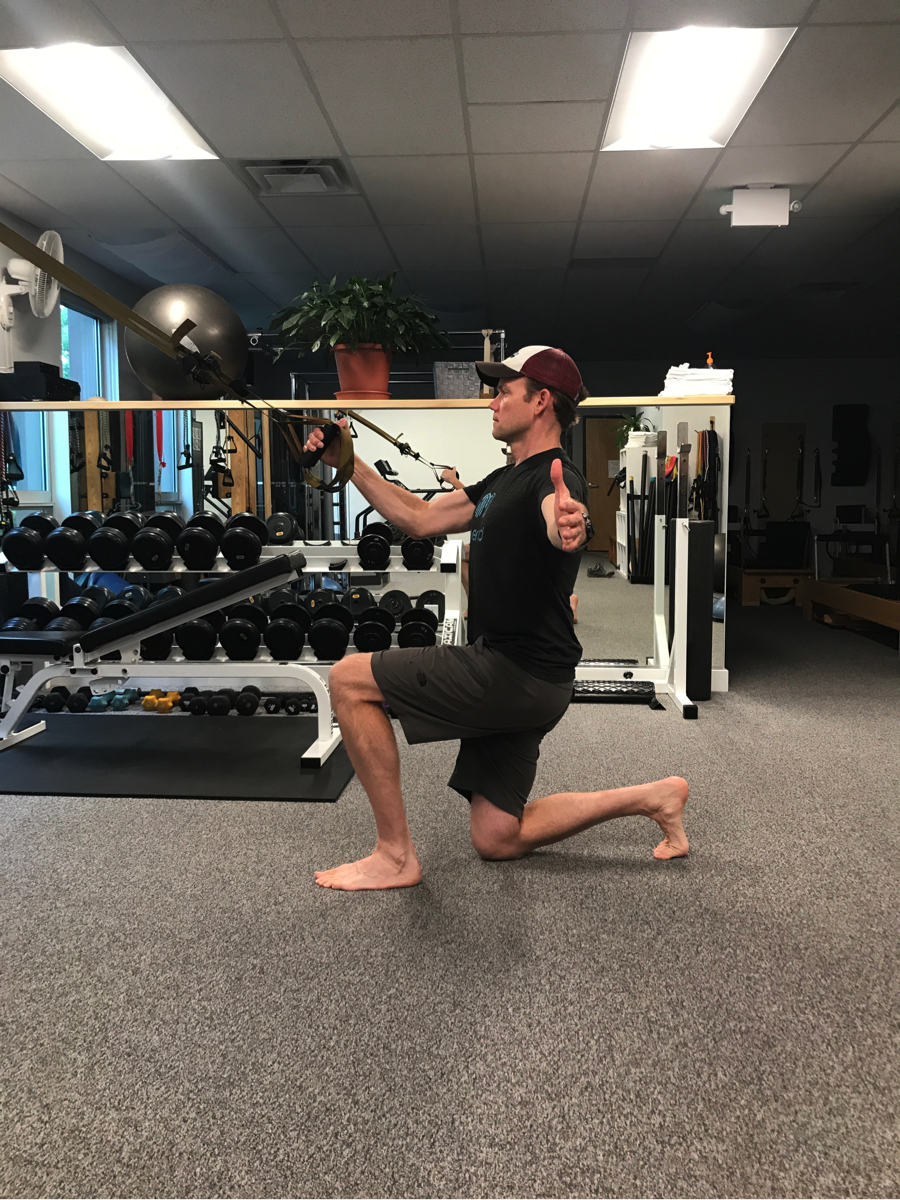It is estimated up to 10 million Americans participate in either indoor or outdoor climbing activities. Research documents 4 to 5 injuries per 1000 hours of climbing participation and each climber can expect 1 to 2 injuries over a climbing career (Backe et al. 2009). These injuries can be either traumatic or overuse in nature. The available evidence reports several risk factors for the development of a climbing associated injury. Researchers noted age, greater years of climbing experience, frequency, intensity and participation in lead climbing were independent risk factors for the development of injury (Woollings et al. 2015). In addition, climbers were 6 times more likely to be injured if they had sustained a prior climbing injury (Woolings et al. 2014). The evidence is inconclusive on modifiable risk factors including a climber’s BMI and utilization of flexibility or weight training. Close to half of injured climbers return to climbing before they are healed with 1 in 2 climbers reporting chronic symptoms (McDonald et al. 2017). These chronic symptoms explain in part the why one quarter of injured climbers cannot return to pre injury levels. Thus, risk reduction through strength training is the key to reducing climbing injuries.
Strength Training Exercises
Prone Y with Dowel Rod
Lay over ball with hands(thumbs up) holding light wand or dowel. Keep your chin tucked as you simultaneously extend your spine and lift your arms toward the ceiling. Keep your shoulder blades down and back without shrugging.
Standing TRX Pull – Press
Standing in front of secured TRX strap draw your body up while performing a rowing motion. From this position rotate your shoulders to 90 degrees and then press your arms toward the ceiling. Slowly lower your arms back to start and repeat.
DB Push Up to Single Arm Row
Assume a push up position with hands on two dumbells. Drop into a push up keeping your spine straight and shoulder blades down and back. Press back up to start then perform a single arm dumbbell row allowing your body to rotate to the same side. Return to start.
TRX Lunge and Row
Stand facing secured TRX. Stand on one leg and hold TRX straps in opposite hand. Lower into reverse lunge using opposite hand for support. Return to start using leg and arm.
½ Kneeling Bottoms Up Kettelbell Press
Start in half kneeling holding kettelbell in opposite hand. Press kettelbell toward the ceiling then lower to start.














